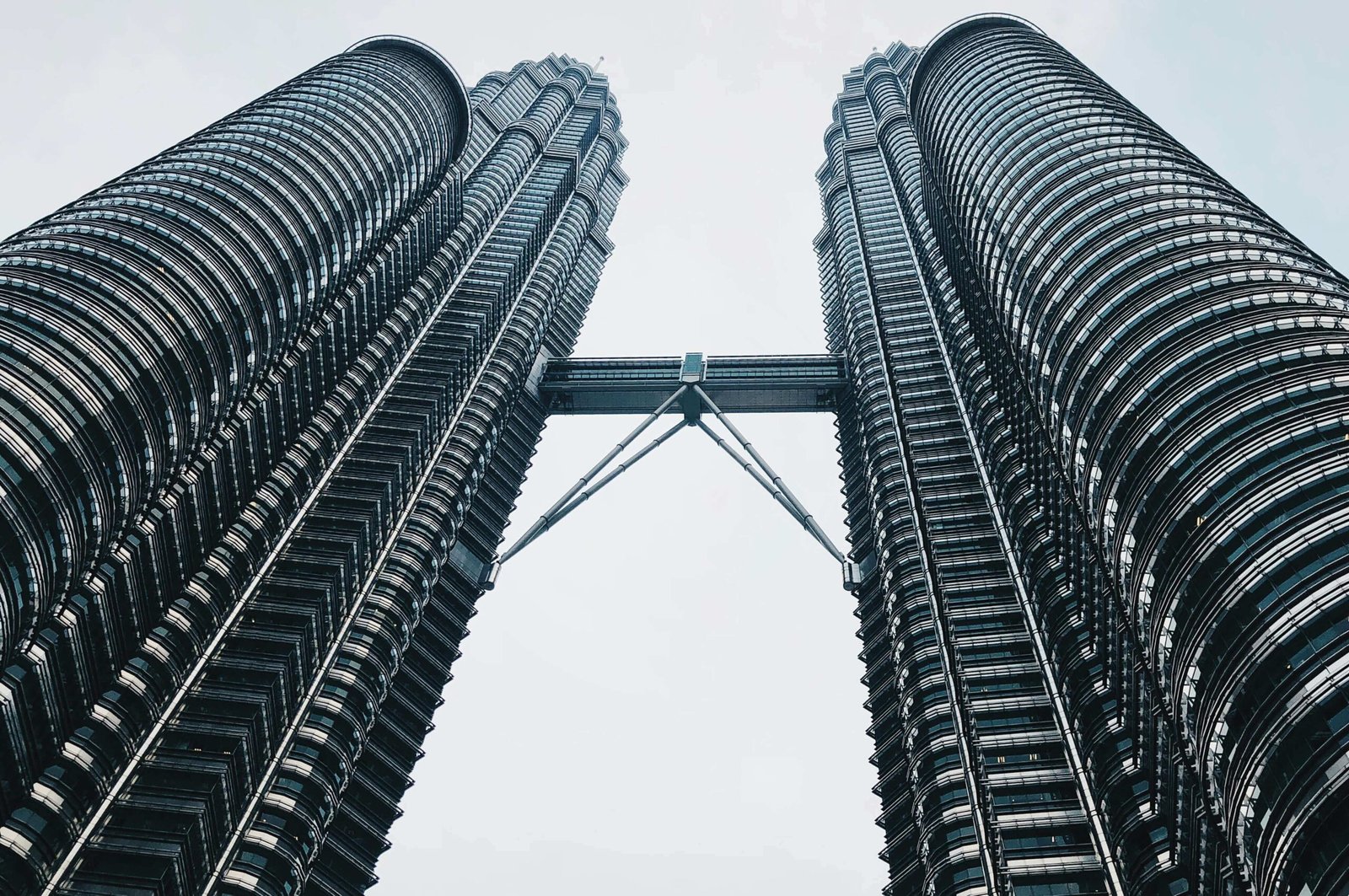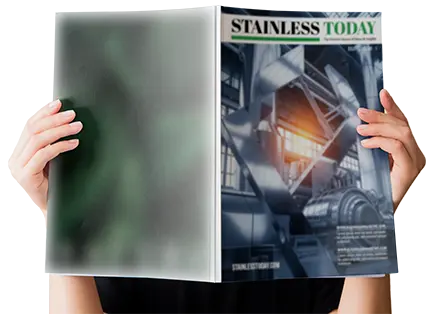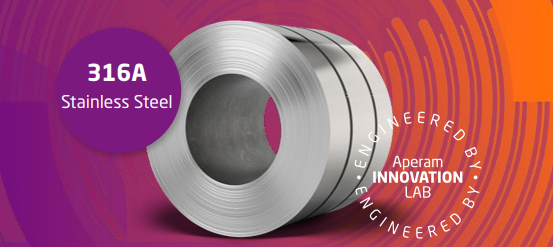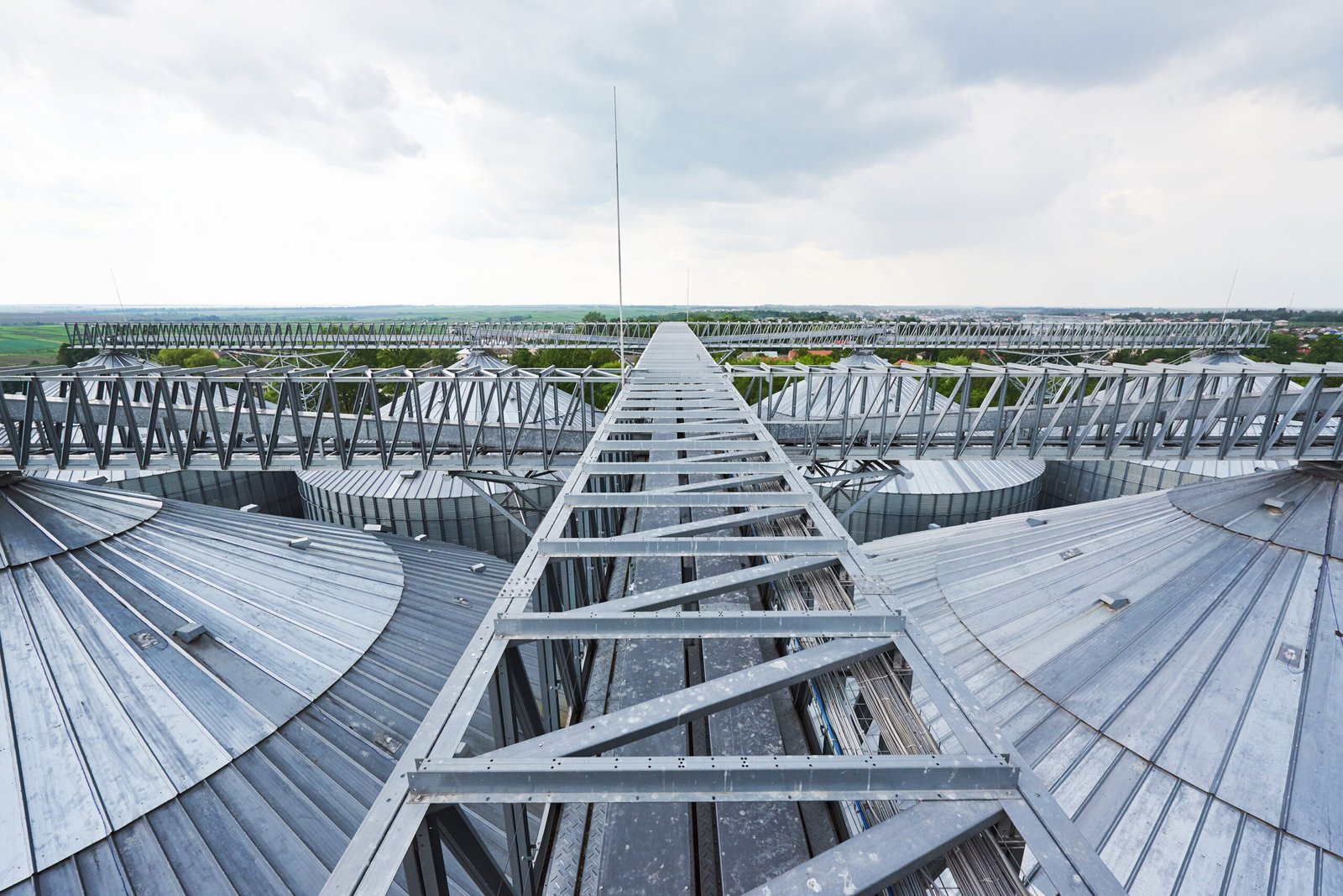Stainless Steel in Iconic Architecture – The Case of Petronas Twin Towers

Stainless Today discusses the Petronas Twin Towers and how they exemplify the enduring strength, cultural relevance, and design versatility of stainless steel in modern architecture.
Stainless steel has long been a favored material in modern architecture, delivering on strength, durability, and aesthetic appeal. Among the most iconic examples is the Petronas Twin Towers in Kuala Lumpur, Malaysia. These towers showcase how stainless steel has been integral to creating visually striking and resilient structures around the world. Originally planned at 1,400 feet, architects and engineers saw the potential to break new ground by recalculating and optimizing structural aspects, which led to the impressive final height of 1,483 feet, overtaking the Sears Tower to become the world’s tallest buildings upon completion.
The exterior of the Petronas Towers is clad in stainless steel and glass, featuring 83,500 stainless steel extrusions that lend a diamond-faceted, reflective finish to the towers. The steel panels used here create a sleek, weather-resistant façade while embracing the aesthetic values of Malaysia’s local culture. Each floor plate mirrors simple Islamic geometric designs, with interlocking squares forming an eight-pointed star, symbolizing harmony, unity, and stability. The stainless steel cladding not only brings cultural resonance but also reinforces the structure’s resilience against weather and environmental factors, while the pinnacle atop each tower – crafted from stainless steel – serves as a gleaming finish to an architectural masterpiece.
In addition to their stainless steel exteriors, both towers are advanced “intelligent” structures. They coordinate building functions like telecommunications, environmental controls, lighting, fire safety, and security. Stainless steel’s role in creating efficient, smart, and sustainable buildings continues to set benchmarks globally, and the Petronas Towers embody how this material’s unique properties align with innovative design and technological advancements.
Since its development in 1912, stainless steel has become essential for creating sustainable architectural exteriors in skyscrapers, from the Chrysler Building in 1930 to these towers in the 1990s. Advances in processing and finishing have expanded the versatility of stainless steel, making it the material of choice for architects seeking high performance without compromising on design. Stainless steel’s corrosion resistance and adaptability with various finishes now allow for creative designs that perform exceptionally well over time, positioning it at the forefront of material innovation in global architecture. The Petronas Twin Towers remain a testament to the future-proof potential of stainless steel in creating structures that are as enduring as they are iconic.










